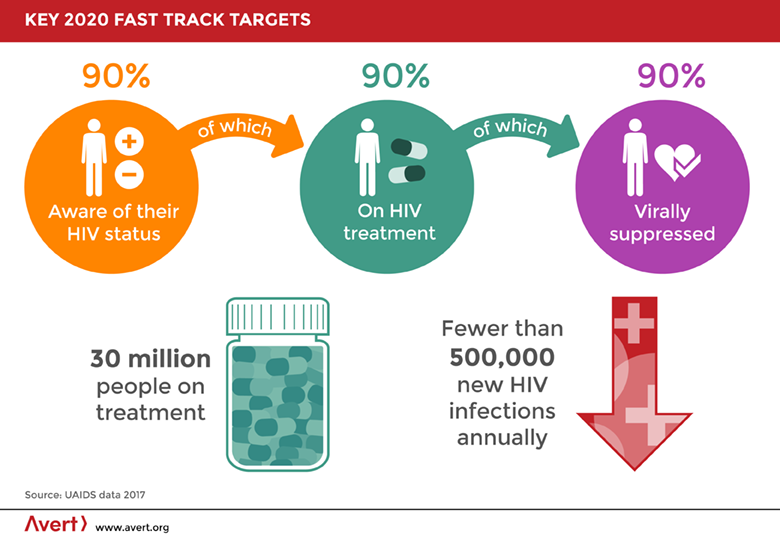Description
GS PAPER II: Issues relating to development and management of Social Sector/Services relating to Health, Education, Human Resources.
Context: Union Minister for Health and Family Welfare digitally addressed the Ministerial meeting of the Global Prevention Coalition (GPC) for HIV Prevention.
Key highlights of the conference:
- Hosted by UNAIDS and UNFPA on behalf of the Global HIV Prevention Coalition (GPC), the conference holds significance in achieving the 2016 UNGA commitment to end AIDS by 2030.
- Member States of GPC had agreed to reduce new adult HIV infections by 75% at the end of 2020 from 2010 levels.
- Global AIDS response has shown remarkable success in reducing new infections, improving access to prevention services for key population and treatment services for People living with HIV (PLHIV), reducing AIDS related mortality, enabling reduction in mother to child transmission of HIV and creating an enabling environment.
India and HIV:
- India’s generic Anti-Retroviral drugs (ARV) has had a critical impact in controlling the HIV epidemic.
- Global AIDS response in general has been a fountainhead of innovative service delivery models with rich civil society involvement and cross learning.
- India’s unique HIV prevention model, which is centered around the concept of ‘Social Contracting’ through which the Targeted Interventions (TI) programme is implemented by the Union Health Ministry.
- With support from Non-Government Organizations, the programme is aimed at providing outreach, service delivery, counselling & testing and ensuring linkages to HIV care.
- India’s prevention model can be adopted and scaled up in many countries by tailoring the intervention as per local settings.
- It can also be replicated in other prevention and disease control programmes.
- The National Strategic Plan on HIV/AIDS and Sexually Transmitted Infections (STI), 2017-24 was launched to achieve elimination of mother-to-child transmission of HIV and Syphilis as well as elimination of HIV/AIDS related stigma and discrimination by 2020.
- The “Mission Sampark” aims to bring back People Living with HIV who have left treatment after starting Anti Retro Viral Treatment (ART).
- National AIDS Control Programme(NACP) aims to achieve 80% reduction in new HIV infections by 2024 from baseline value of 2010.
- Further, by 2024, the target is to ensure that 95% of those who are HIV positive in the country know their status, 95% of those who know their status are on treatment and 95% of those who are on treatment experience effective viral load suppression.
- Enactment of The Human Immunodeficiency Virus and Acquired Immune Deficiency Syndrome (Prevention and Control) Act, 2017 which has provided a legal and enabling framework for safeguarding the human rights of the infected and affected populations.
- India is committed to achieve the 90-90-90 targets across the country by the end of the current year and also end the AIDS epidemic as a public health threat by 2030.
- National AIDS Control Programme is based on three pillars-Prevention, Care-counselling and Treatment.

https://www.pib.gov.in/PressReleasePage.aspx?PRID=1673749















